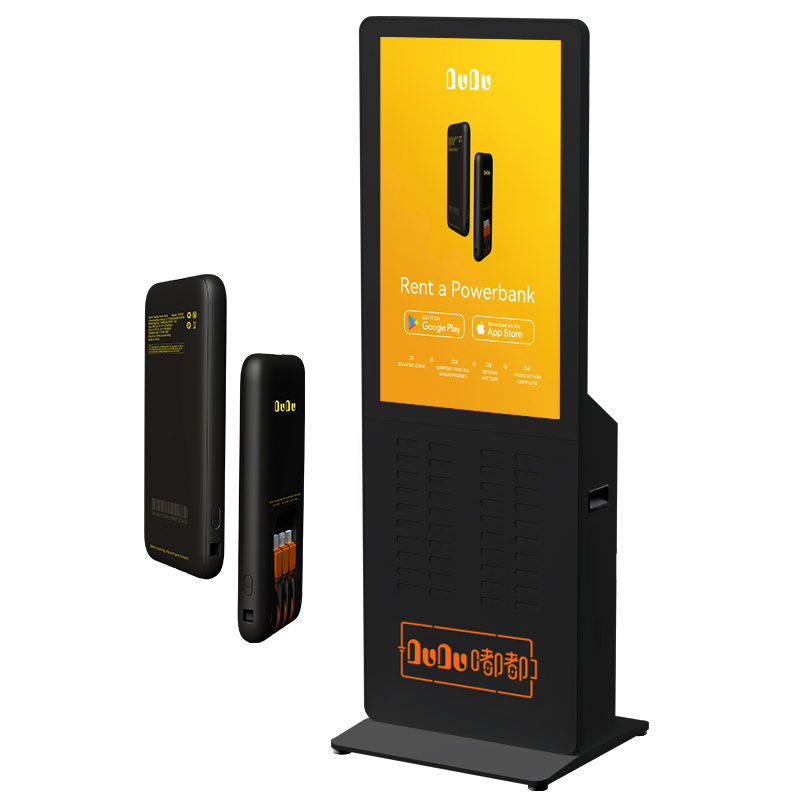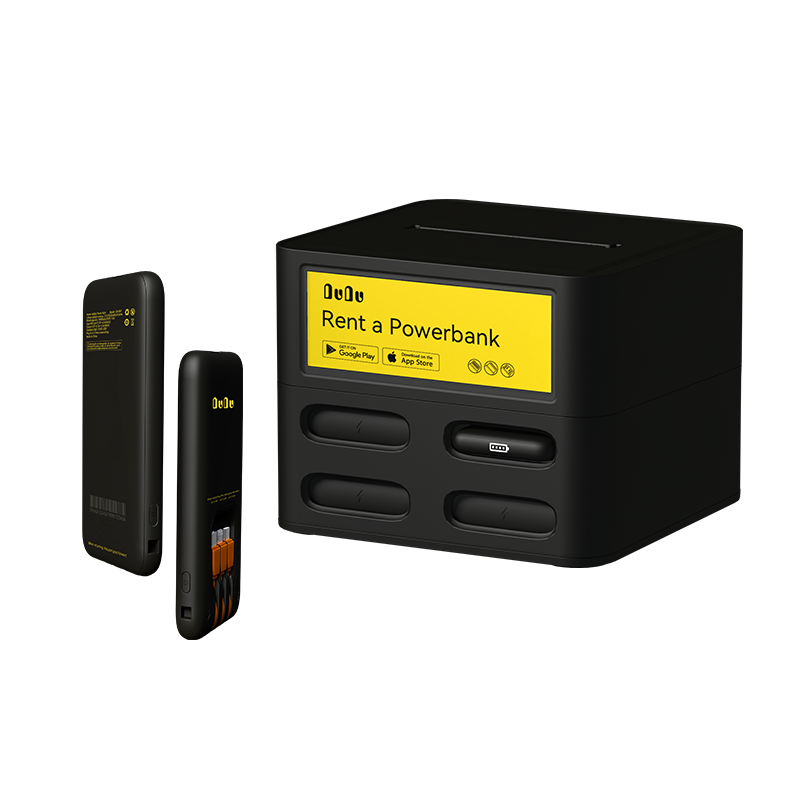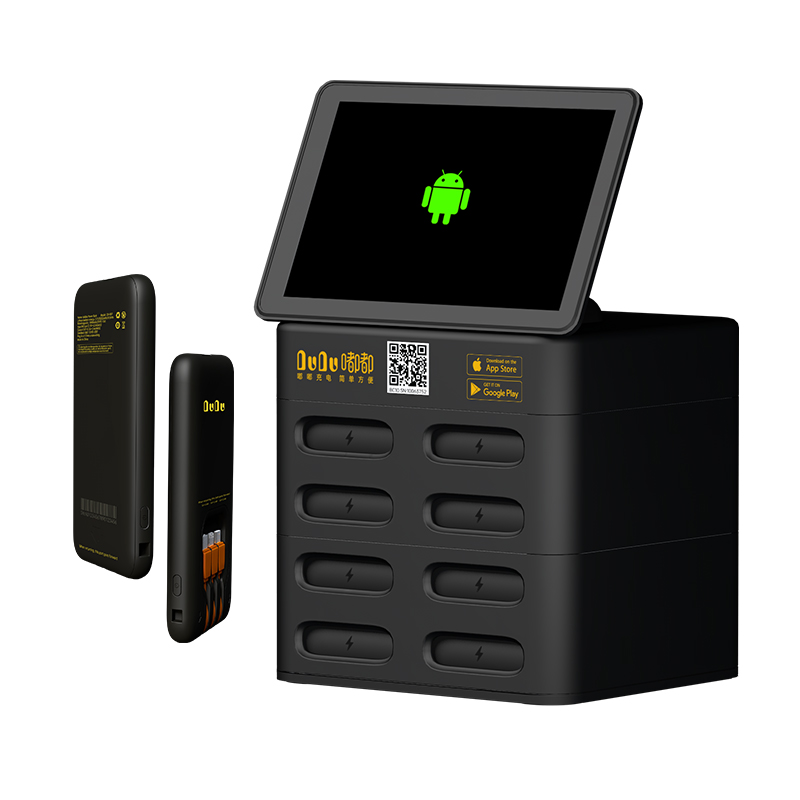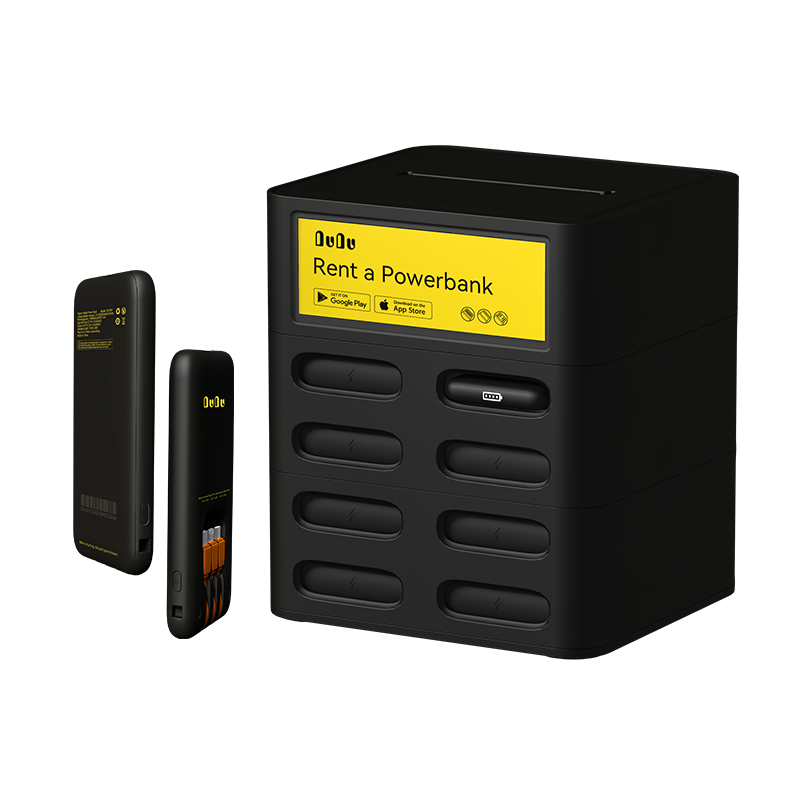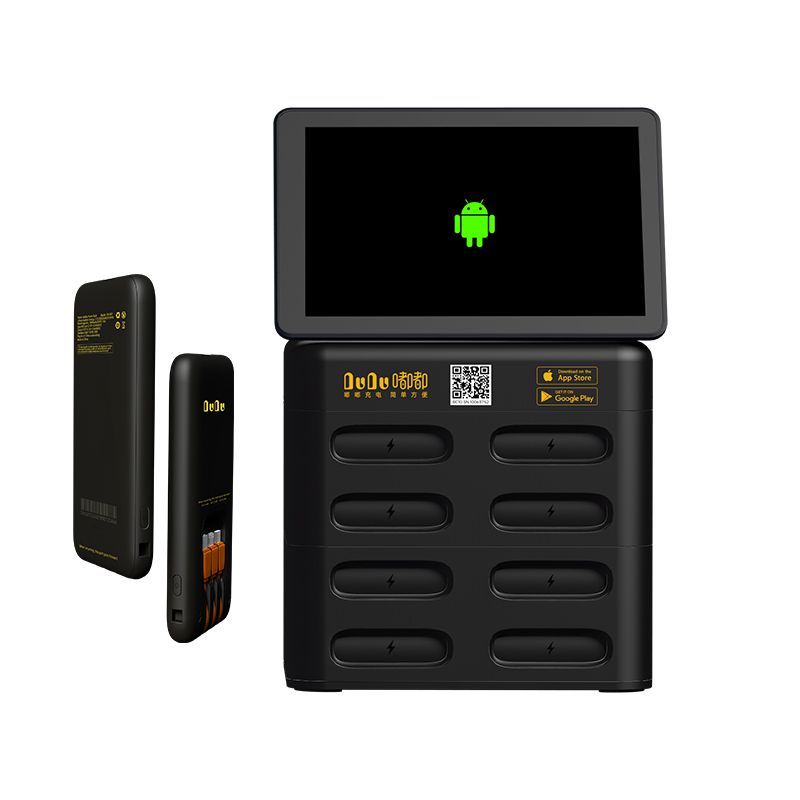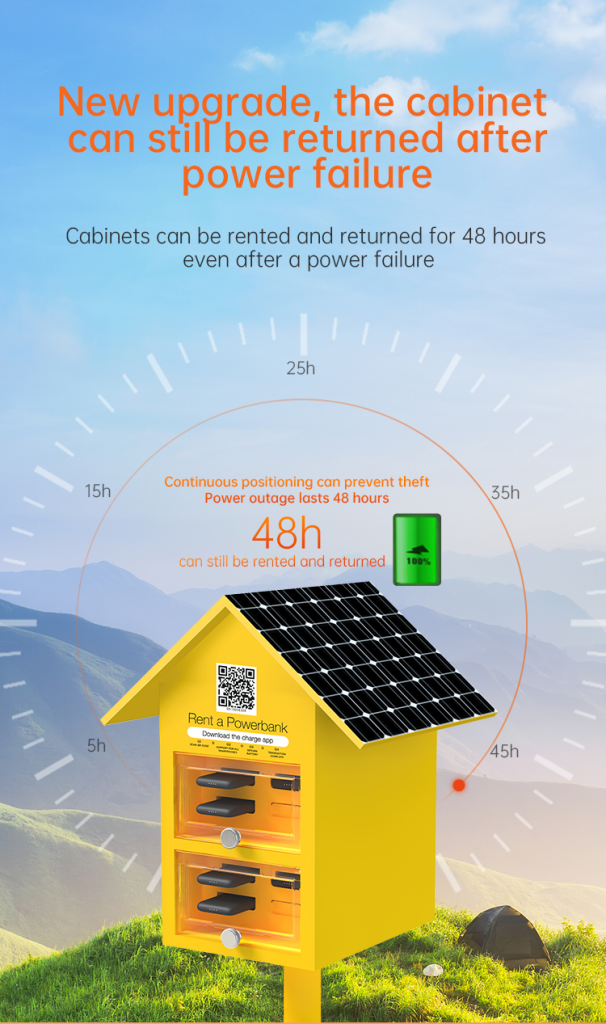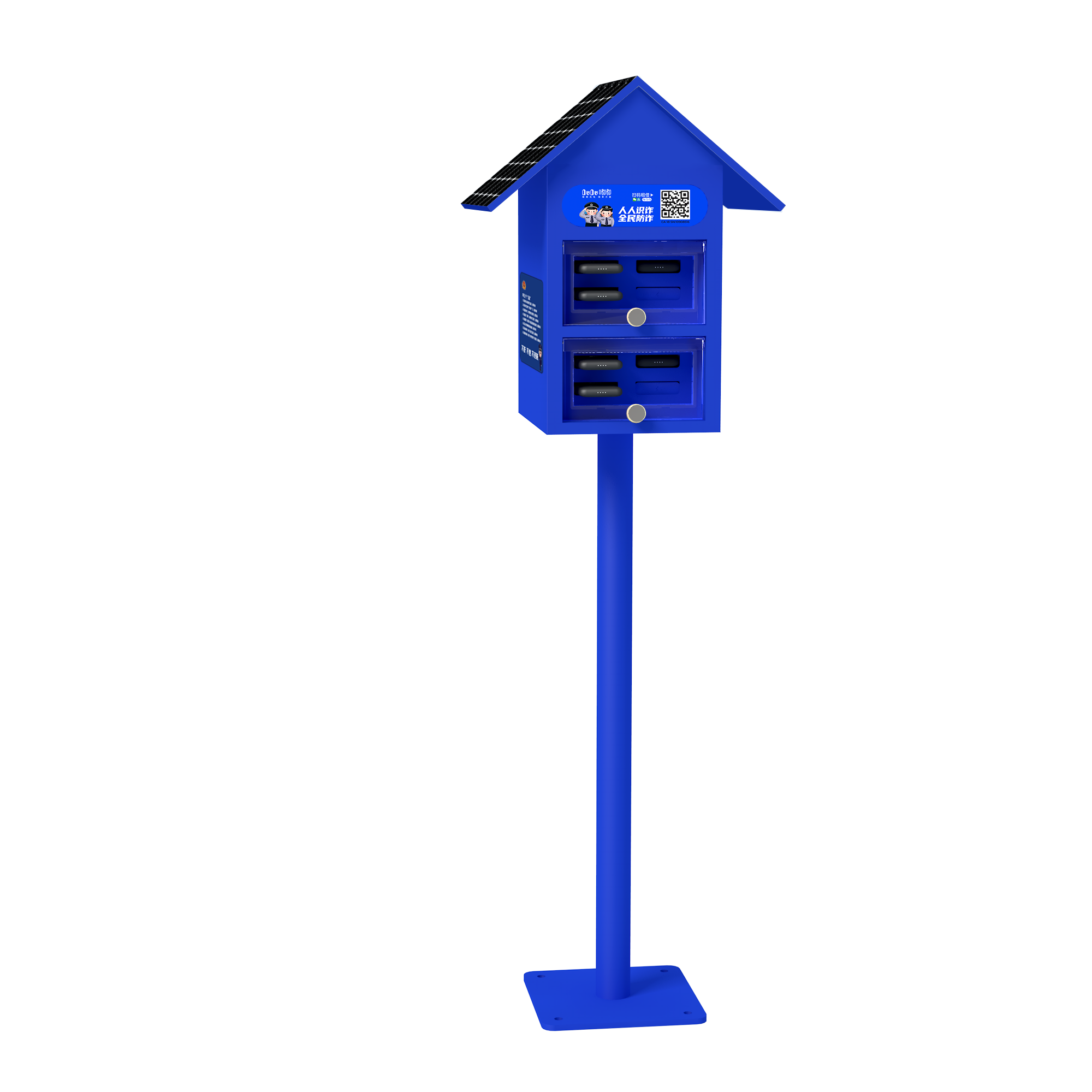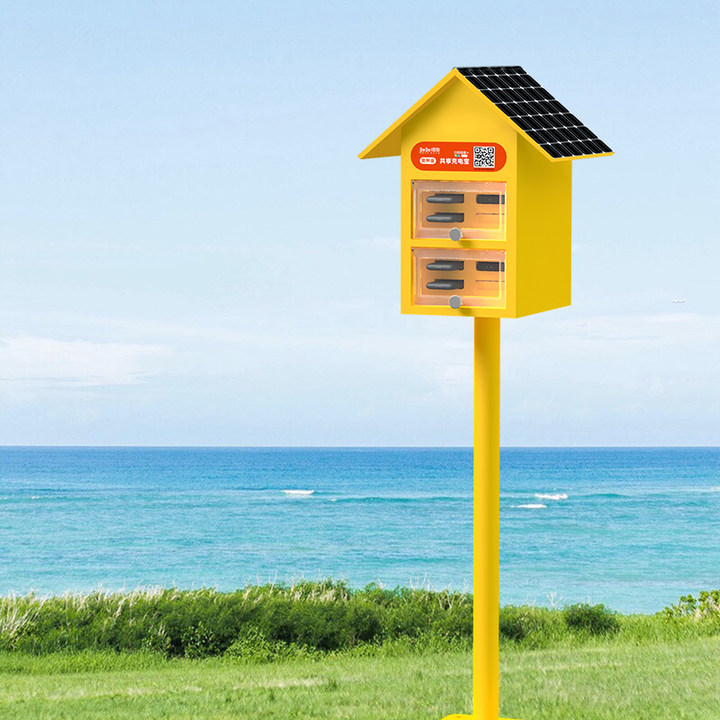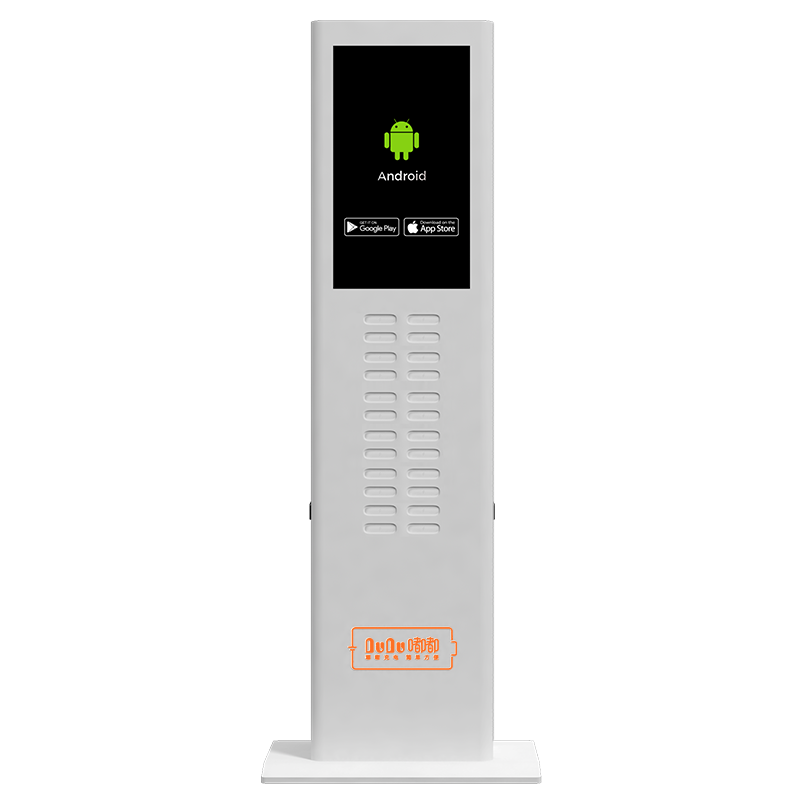Increase merchant traffic
Shared power bank stations are usually located in densely populated commercial districts, shopping centers, or public places. Merchants can attract more customers to their stores by providing the location of shared power bank stations, increasing traffic and sales opportunities.
Increase user stay time
Users usually need to stay at nearby businesses for a period of time when borrowing shared power banks. Merchants can use this period of time to stimulate consumer purchasing desire, increase user stay time in the store, and have more opportunities for sales and promotion.

Brand exposure and promotion
Shared power bank stations usually have promotional logos or advertisements for merchants, which is a means of promotion for merchants to increase brand exposure and visibilit
Provide convenient services
The shared power bank station provides users with convenient charging services, which can improve their overall satisfaction with the commercial district or shopping center, increase their stay time and willingness to consume in the commercial district.
Collaboration revenue sharing
Merchants can collaborate with a shared power bank operating company to share a portion of the rental or service fees of the power bank.




